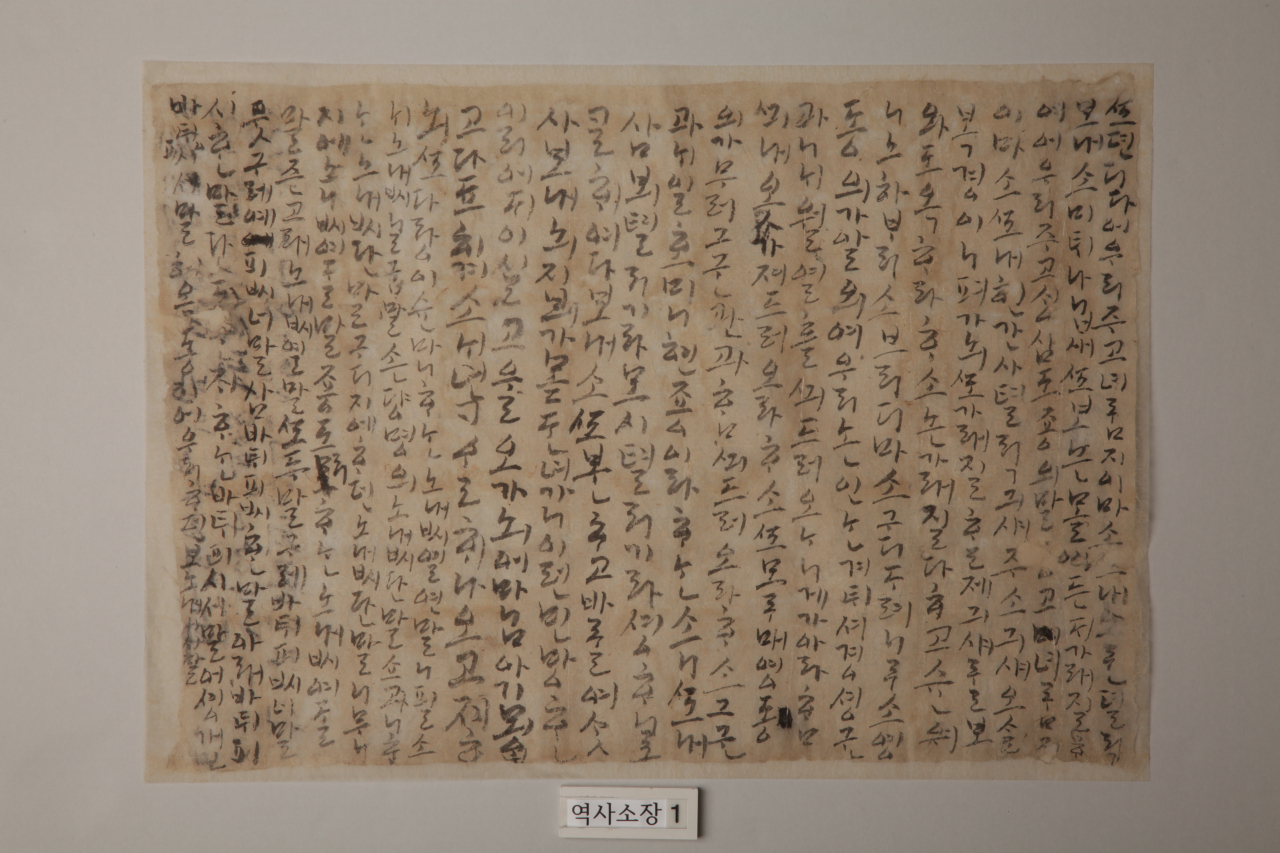
The oldest extant all-Hangeul letter has been designated as a treasure, the Cultural Heritage Administration announced Thursday.
The two-page letter with almost no margins, written by Na Sin-geol (1461-1524), a Joseon period military officer, was discovered in 2011 at the burial site of Na's wife Shin Chang-meng in Yuseong-gu, Daejeon.
The letter is thought to have been written in the 15th century, when Na served as a junior officer in Hamgyeong Province, which is now part of North Korea.
Prior to the discovery of this letter, a 16th-century letter of the Suncheon Kim family was thought to be the oldest Hangeul letter. It is currently held at Chungbuk National University Museum in Cheongju, North Chungcheong Province.
Na's folded letter was placed next to Shin's body, along with hanbok and other garments. The letter expresses Na’s sorrow and yearning for his family, and contains a request for his wife to take care of the family and their farm. He also asks her to send him official uniforms he needs at his post.
The letter written some 530 years ago is historical evidence that Hangeul was in use less than 50 years after its invention by King Sejong and his scholars in 1443. The Korean writing system was promulgated in 1446.
The newly designated treasure also shows that Hangeul was used by both men and women during the Joseon period.
A replica of the letter is currently on display at Daejeon Municipal Museum's permanent exhibition hall. The museum plans to display the original piece within the month, according to a CHA official.


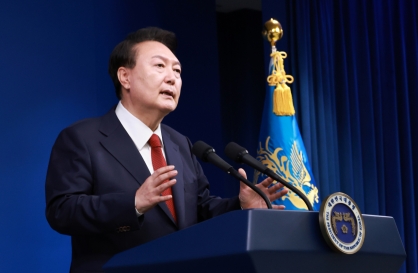
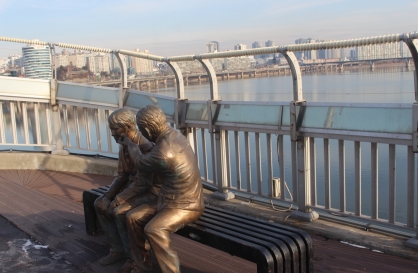

![[K-pop’s dilemma] Can K-pop break free from ‘fandom’ model?](http://res.heraldm.com/phpwas/restmb_idxmake.php?idx=644&simg=/content/image/2024/05/09/20240509050541_0.jpg&u=20240509173751)
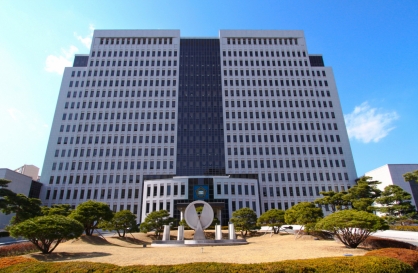
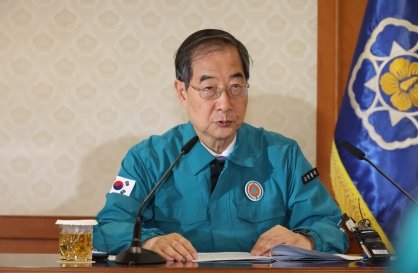
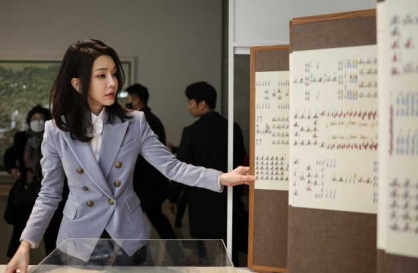

![[News Analysis] Yoon's first 2 years marked by intense confrontations, lack of leadership](http://res.heraldm.com/phpwas/restmb_idxmake.php?idx=644&simg=/content/image/2024/05/09/20240509050612_0.jpg&u=20240509233252)
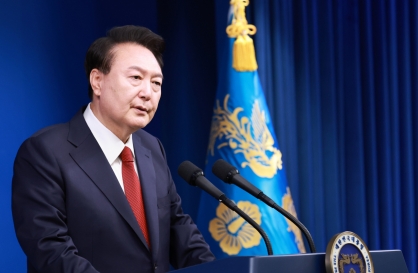







![[Today’s K-pop] NCT’s Mark to drop 1st solo album in February 2025](http://res.heraldm.com/phpwas/restmb_idxmake.php?idx=642&simg=/content/image/2024/05/10/20240510050597_0.jpg&u=)